In the tapestry of nature, amidst the vast array of creatures that walk, crawl, and swim, it's our feathered friends in the skies that often capture the human imagination with their intellect and antics. Among these avian wonders, several species stand out for their impressive cognitive abilities and love for playful tricks. This exploration through the world of the smartest, trick-loving birds will surely allure and amaze both casual birdwatchers and avid ornithologists alike.
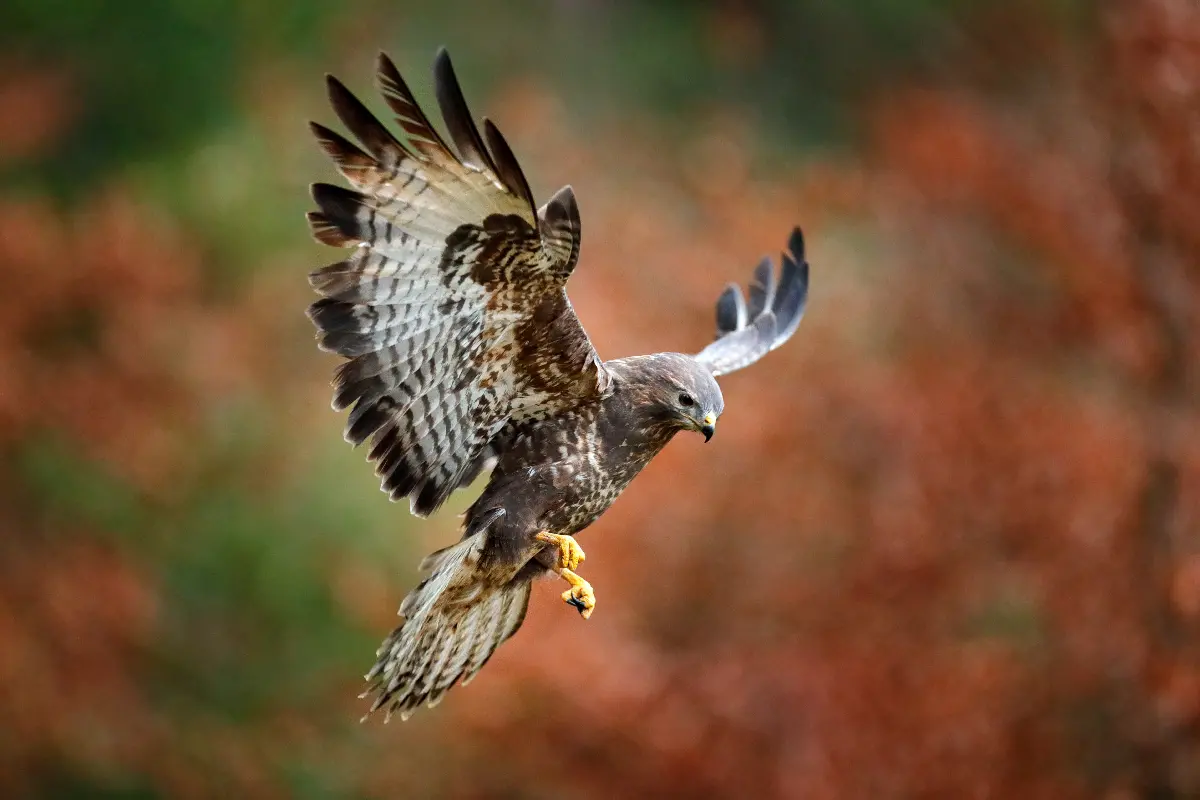
Starting with the captivating corvids, members of this family, which includes crows, ravens, magpies, and jays, are the undisputed champions of bird intelligence. It's not uncommon to witness a crow as it cleverly operates a series of actions to access food. One profound example is their use of traffic to crack nuts: they drop the nuts on the road and wait for passing vehicles to break them open. Furthermore, crows are known for their outstanding memory, recognizing human faces and holding grudges against those who have wronged them.
The New Caledonian crow is a prime specimen within this family, displaying a level of problem-solving skill that's extraordinary for a non-human species. They are renowned for their ability to use and modify sticks to extract insects from logs, effectively fashioning tools—an attribute once thought to be exclusively human. With an encephalous-to-body ratio similar to that of apes, these birds display a profound understanding of cause and effect, showcased in laboratory experiments where they have solved complex multi-step puzzles to access food.
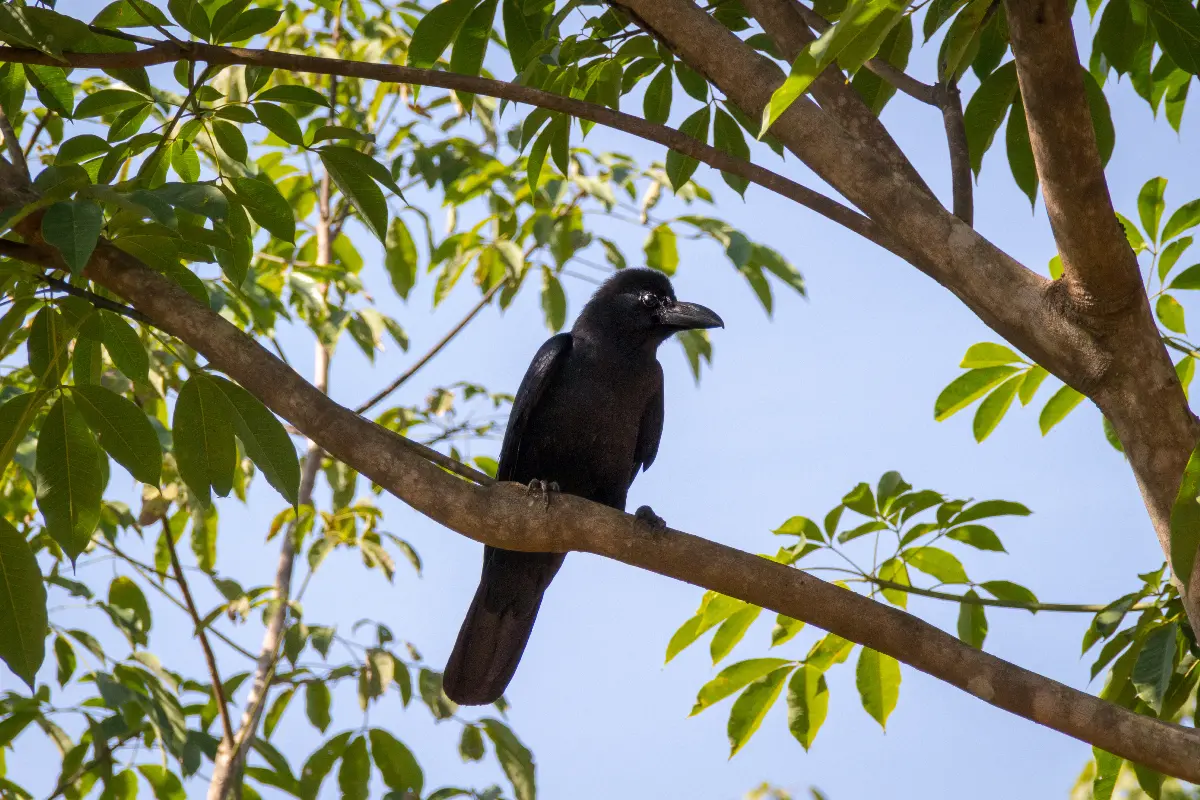
Equally intriguing are the antics of ravens. These birds are the epitome of feathered mischief, known to engage in games with wolves, dogs, and even each other. Don't be startled if you observe a raven sliding down a snowbank, clearly delighted in the act. These birds also mimic sounds and have been known to imitate human speech, a trick they seem to enjoy quite a bit.
Turning our attention to parrots, the African grey parrot has earned a place in the avian intelligence hall of fame. Famous specimens like Alex, who was trained by psychologist Irene Pepperberg, could identify colors, shapes, and even understand the concept of zero—an idea some still believe to be beyond the capability of animals. Moreover, like the social butterflies of the bird kingdom, African greys are known for their strong bond with their human companions, often performing tricks for nothing more than a bit of attention or a loving scratch.
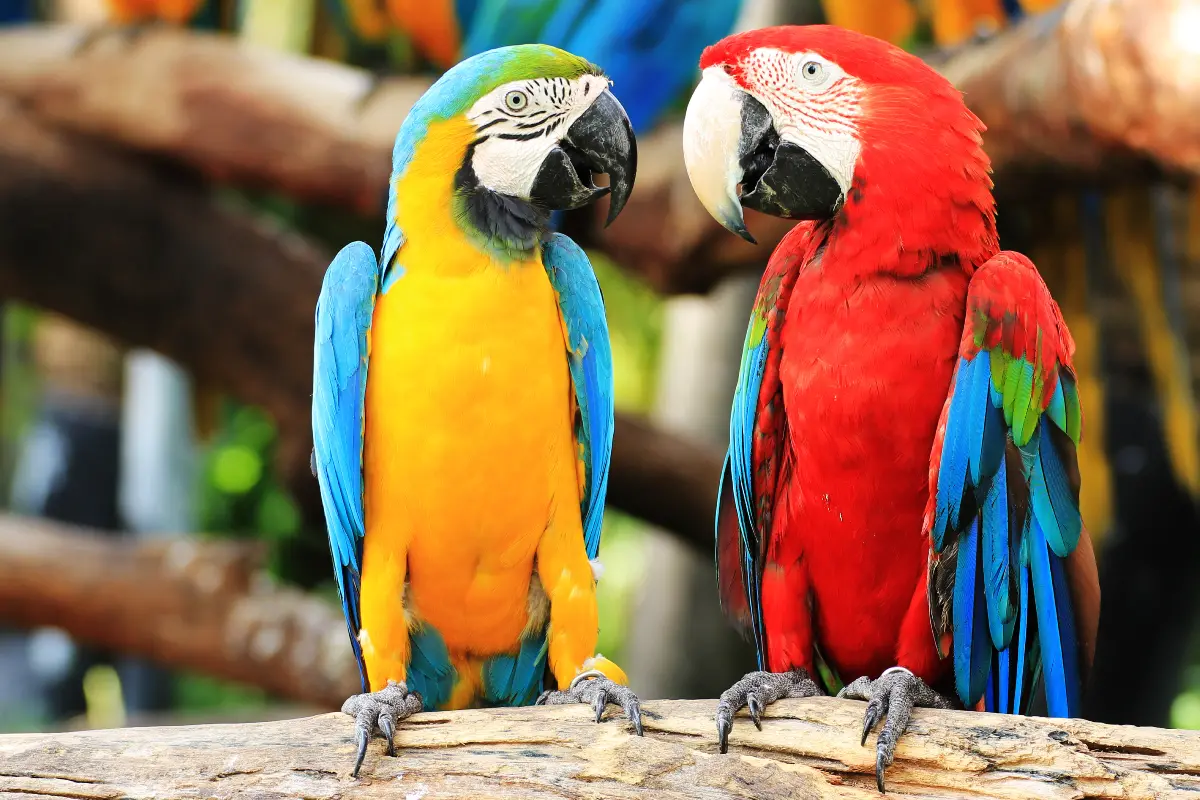
The Kea, a parrot native to the Southern Alps of New Zealand, is nature's embodiment of the phrase 'curiosity killed the cat'—or in this case, the bird. These olive-green parrots are notorious for their investigative nature, often leading them to pry into tourists' backpacks or dismantle car parts. Their love for play is quite evident as they partake in aerial acrobatics and slide down slopes on their backs, purely for enjoyment.
Let's not overlook the intelligence of pigeons, which might surprise those who only see them as city-dwelling scavengers. Pigeons possess remarkable navigational skills and have a profound spatial memory. During World Wars I and II, these birds played a critical role as they were tasked with carrying vital messages across enemy lines, showcasing their reliability and intelligence under incredibly challenging circumstances.
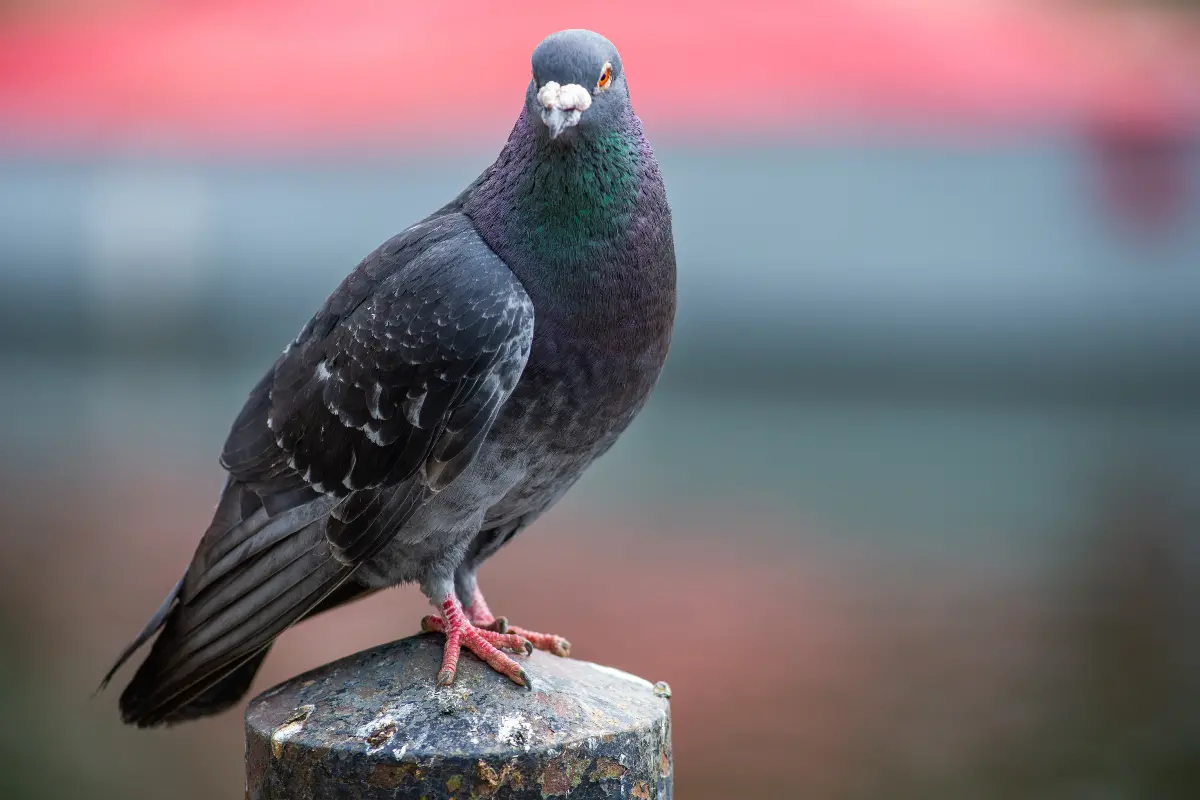
Moreover, pigeors are capable of recognizing themselves in mirrors—a rare trait in the animal kingdom and one that points to self-awareness. They've also demonstrated the capacity to learn the alphabet and differentiate between photographs of individuals or objects, thus concluding that their perceived ordinariness is quite the misnomer.
Moving on, one cannot help but admire the cockatoo, specifically the Goffin's cockatoo, with its cunning ability for escape artistry. These birds have been observed using their beak and tongue to manipulate locks and escape from complex enclosures, a feat that emanates intelligence and craftiness.
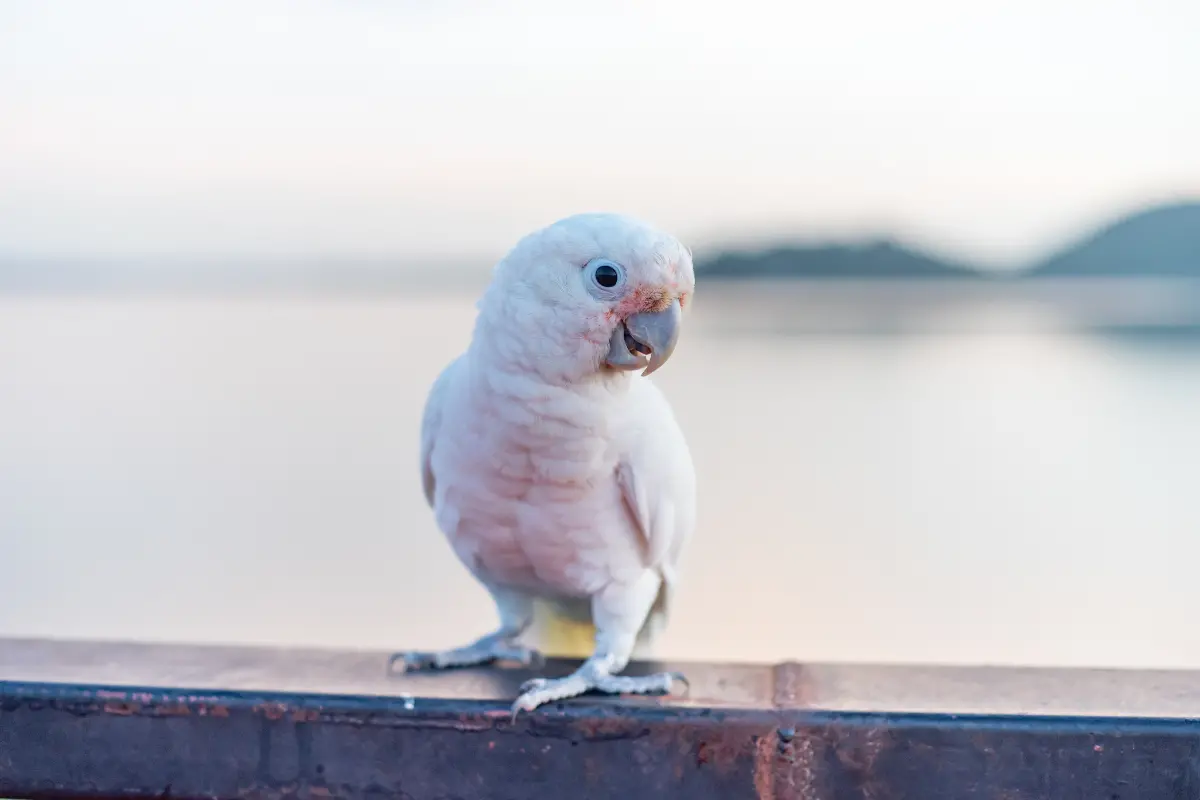
These avian geniuses are not just limited to wild spectacles; many bird owners worldwide can attest to the cleverness displayed by their pets. Birds can learn an array of tricks, from simple actions like fetching objects to the more complex imitation of dance moves—all while demonstrating a joy in their performance that can only be described as delightfully contagious.
But what enables these birds to perform such cognitive feats? The answer lies in their brain structure. Birds have a high number of neurons packed into their forebrains, where higher cognitive processes occur. The density of neurons in this area is akin to that found in primates, hinting at the considerable processing power these birds have at their wingtips.
It is important to note that the smart behavior of these birds is not merely a source of entertainment for human observers. Their intelligence has profound implications for understanding the evolution of cognition and the development of culture among animals. These birds can teach other birds skills and behaviors, forming a transfer of knowledge akin to what humans would call culture or tradition.
In conclusion, the natural world is brimming with tales of intelligence and cunning that rival even the craftiest of human inventions. These star performers of the avian domain showcase that intellect and playfulness are not the sole purview of mammals. As we continue to marvel at these gifted birds, we are reminded of the vibrant and complex tapestry that is life on Earth—a tapestry where each thread, feathered or not, adds a unique and irreplaceable pattern to the grand design.
